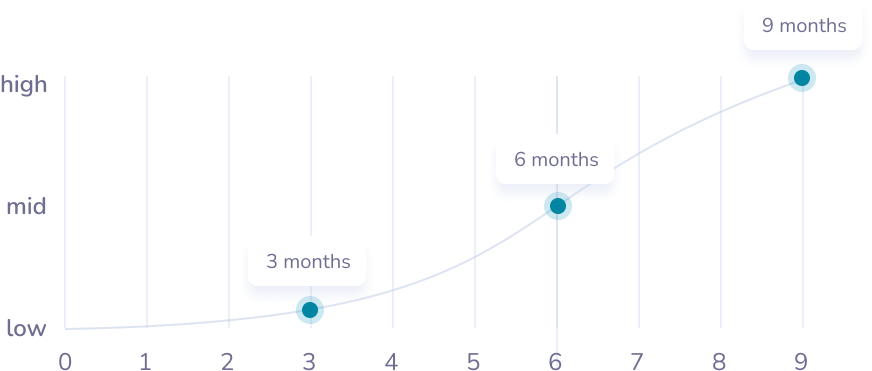Touchless Availability (Aka Short-term Demand-supply Matching)
WHY (Problem)
Forecast is always wrong, right? Modern demand planning models provide quite precise forecasts at the 'product family/week' level. However, predicting the exact day a customer will place an order for a specific SKU is impossible.
Supply is never 100% reliable, correct? Raw materials can get stuck at customs, production lines may have unplanned maintenance, and shipments can be delayed. This is the daily reality for supply planners.
As a result, supply planners struggle daily to match demand with supply and ensure every customer order is fulfilled. This complex riddle must be solved under time pressure… Can this customer tolerate a one-day delay? Do they accept substitutes? Is it a promotion, new product introduction, or regular product? Can I share fairly with other customers? Can the warehouse delay loading? Can I accelerate replenishment from the plant, and is it cost-effective? Can I release products faster from quality inspection? When is the next possible production, and do we have enough raw materials for it? These are just a few of the questions supply planners need to answer daily to prevent order cuts.
Regular APS systems don’t effectively support planners in these short-term, unexpected demand-supply matches, as they are perceived as 'execution' tasks requiring within-day, hourly decisions that adjust actual operations. However, these decisions are crucial to saving 1-10% of customer orders! Such efforts consume a significant portion of employees' time and often lead to suboptimal human decisions due to the problem's complexity.
WHAT (Value)
Productivity
of ‘orders at risk’ decisions fully automated, remaining 20-30% with algorithm recommended option but demanding human actions (mostly negotiation or ‘priority call’ decision)
of planners’ time is saved, previously spent on manual availability decision
reduction in headcount, contingent upon organizational transformation following automation
Time to Value
Complexity:


Decision quality
5-20% more accurate decisions, translating into higher order fulfillment rates, increasing sales by 1-5%
Unlimited potential to enhance operating logic to reflect business and customer choices
Acceleration of cycle from hours to minutes and feedback to Customer Service in case of ‘cuts’
HOW (Solution)
We possess the implementation expertise and pre-built algorithms to determine the most common options for solving supply-demand gaps in the short-term (1-5 days) horizon. Our algorithms are designed to augment planning or execution systems-of-record. Algorithms are structured in logical modules per solution type, each with a set of parameters reflecting business choices and supply chain constraints. Algorithms effectively combine heuristics, decision trees, and optimization (MILP). They are built for and proven on high data volume and complexity, time-critical operations of the largest Fortune 100 corporations.
